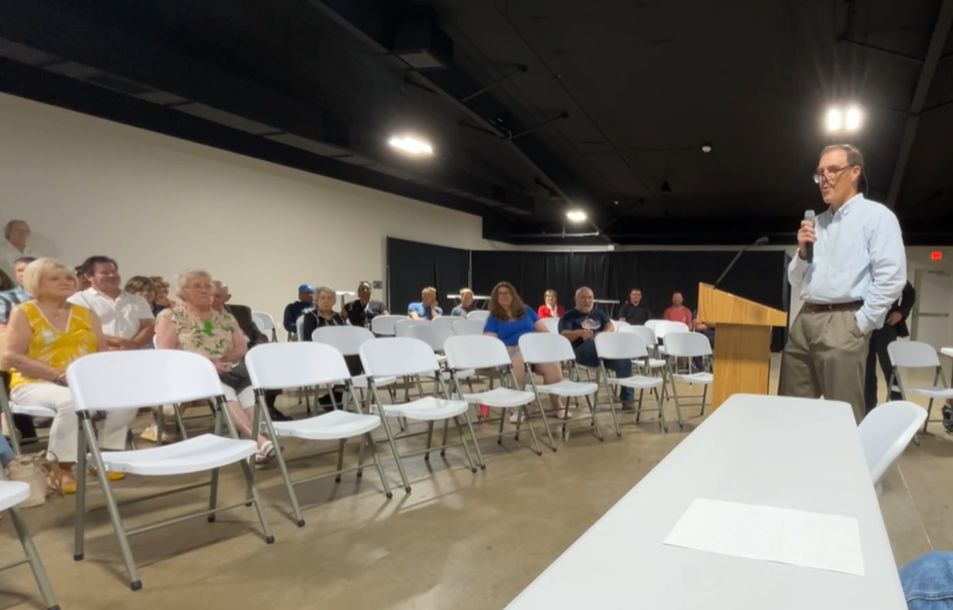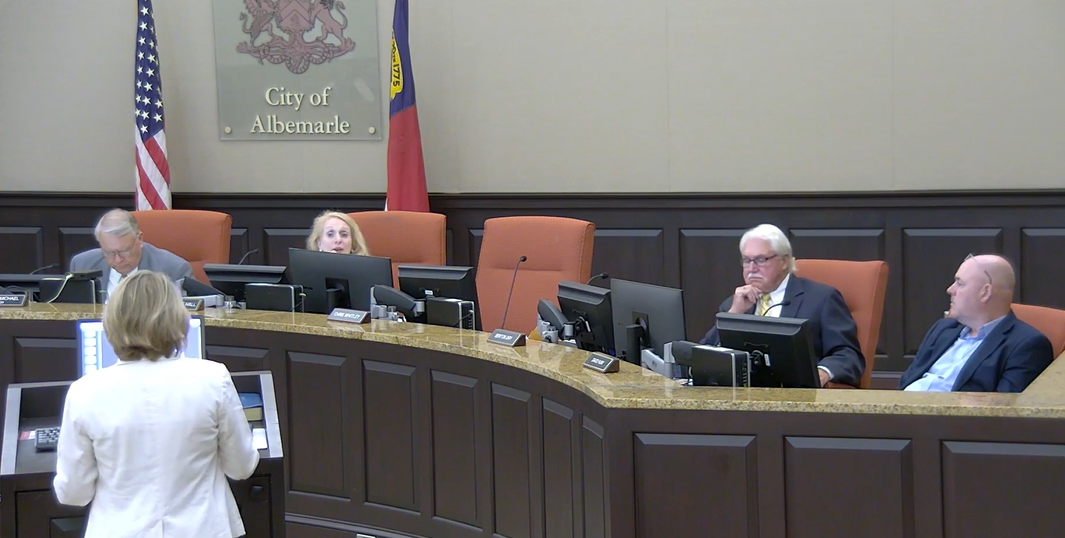Sasser introduces bill on prescriptions to combat NC opioid overdoses
Published 9:40 am Tuesday, February 23, 2021
|
Getting your Trinity Audio player ready...
|
In an effort to help combat the opioid drug overdoses in the state, N.C. Rep. Wayne Sasser (R-Stanly) introduced a bill last week increasing access f0r people to receive opioid overdose reversal medications.
The bill, introduced as House Bill 93 by Sasser along with Reps. Chris Humphrey (R-District 12), Gale Adcock (D-District 41) and Timothy Moffitt (R-District 117), requires health care practitioners who prescribe an opioid medication to a patient to also co-prescribe an opioid overdose reversal medication like the drug Naloxone under certain circumstances, such as if the patient has a history of overdosing.
Naloxone is an opioid antagonist, meaning it binds to opioid receptors and can reverse and block the effects of other opioids, according to the National Institute on Drug Abuse.
Trending
The drug can be given as a nasal spray or it can be injected into the muscle, under the skin, or into the veins. First responders with Stanly’s community paramedic program, which was created in 2019 to address the growing opioid problem, prescribe patients with Naloxone.
“What we’re trying to do with Naloxone is keep people alive,” said Sasser, a pharmacist and co-chairman of the House’s Health Standing Committee. “You can’t save people, you can’t treat them for addiction…if they’re not alive.”

Wayne Sasser
As of September of last year, only 10 states have have enacted laws or regulations mandating or offering a prescription of Naxolone for patients struggling with opioid addiction.
Sasser said the COVID-19 pandemic over the past year has exacerbated health problems that already existed in the state.
“A lot of depression, a lot of suicide, a lot of overdose,” he said.
More than 81,000 drug overdose deaths occurred in the United States in the 12 months ending in May 2020, the highest number of overdose deaths ever recorded in a 12-month period, according data from the Centers for Disease Control and Prevention.
Trending
According to the N.C. Department of Health and Human Services, there were 8,333 opioid overdose related emergency department visits in 2020, which is a 22 percent increase from 2019 — when there were 6,694 visits. Last year had the highest total of emergency department visits since at least 2012.
While Stanly County has spent many months over the past few years leading the state in opioid overdoses, for January, the county did not rank in the top 10 for opioid overdoses showing up in hospital emergency rooms. Stanly had nine overdoses that resulted in hospital visits in January, the same total as December.
Sgt. Mike Campbell, community paramedic field training officer, told the SNAP last fall that the community paramedics had responded to 30 percent more calls during the first half of last year than during the second half of 2019.
Sasser said he’s talked with the health department about educating the public regarding Naloxone and how to properly administer it.
“We need some patient education and pharmacists and doctors need to feel like they’re confident in relaying that information to the patients,” Sasser said.
As of now, there’s more than 60 other representatives who have co-sponsored the bill, Sasser said, noting he’s confident that at some point it will pass the House. As far as he knows, the Senate has not introduced a companion bill.







